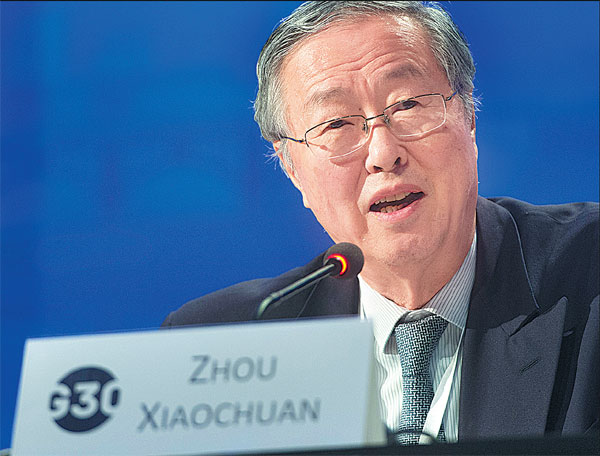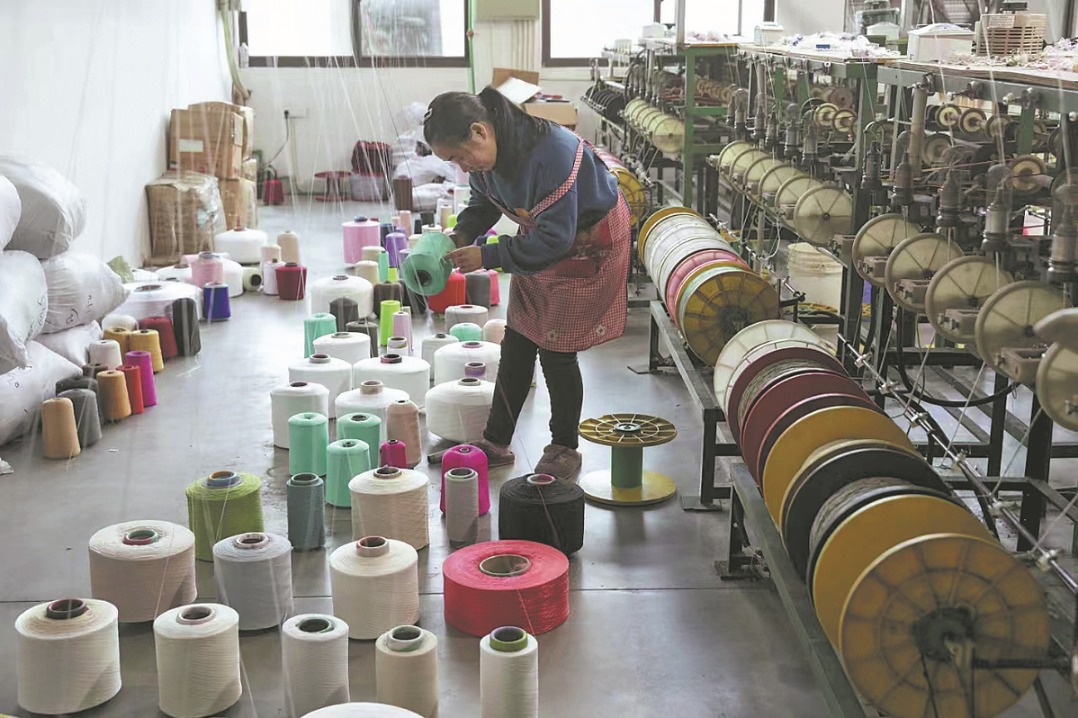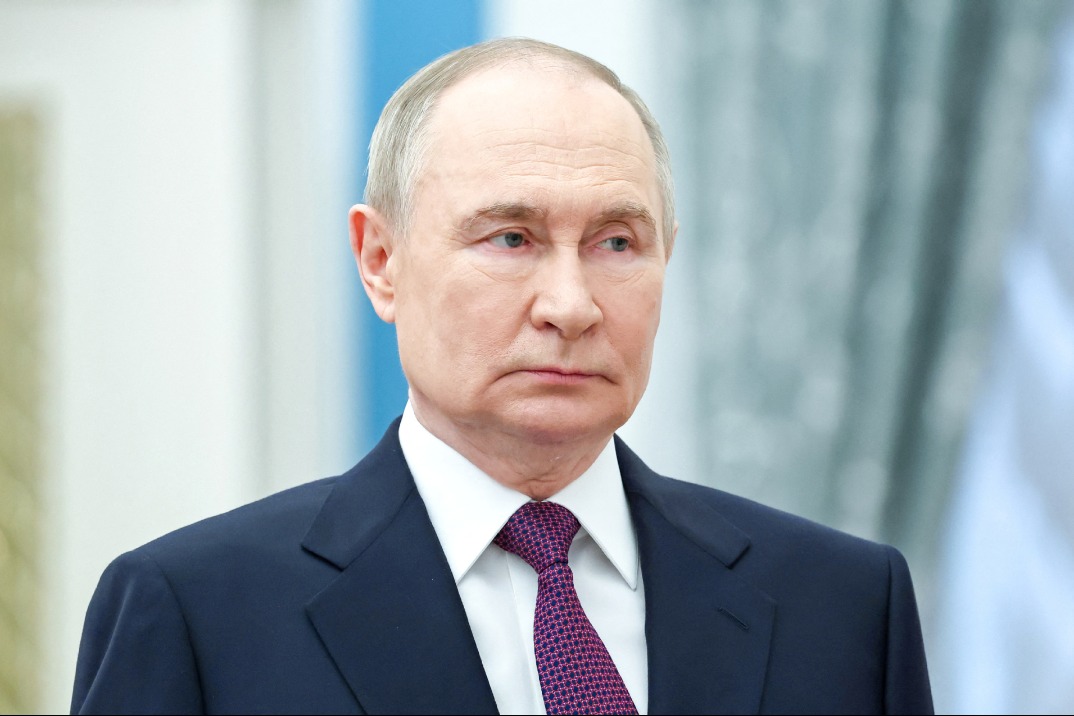7% GDP growth likely in second half

Rapid increase in consumption has helped improve China's economic fundamentals, central bank chief tells global meeting
The world's second-largest economy is likely to reach a growth rate of 7 percent in the second half of this year, China's central bank governor Zhou Xiaochuan said on Oct 15 in Washington.
China's growth has slowed over the past few years, from more than 10 percent for years to 6.7 percent last year.
But this year the driving force of economic growth has somewhat recovered, thanks partly to the rapid growth in consumption, Zhou told an international banking seminar that coincided with the fall meetings of the International Monetary Fund and the World Bank.
| Zhou Xiaochuan, governor of the People's Bank of China, speaks during the 32nd Annual Group of 30 (G30) International Banking Seminar in Washington, DC, on Oct 15. Saul Loeb / AFP |
The IMF forecast on Oct 9 that China's gross domestic product would grow by 6.8 percent in 2017.
"The country's GDP grew at 6.9 percent in the first half of 2017. In the next half, it may hopefully reach 7 percent," said Zhou, governor of the People's Bank of China.
China has made strenuous efforts in recent years to restructure its economy while maintaining steady growth. As a result, it has seen its economic fundamentals improve, with the consumption and service sectors playing a more important role and prices remaining stable.
Latest consumer price inflation data released by the National Bureau of Statistics on Oct 16 show that the consumer price index rose by 1.6 percent year-on-year in September, down from 1.8 percent in August and well within the country's target of 3 percent for this year.
The producer price index increased by 6.9 percent year-on-year in September, up from 6.3 percent in August. The gain, the strongest since March, indicates that corporate profitability is robust and the overall economy remains resilient, analysts say.
China released its third-quarter data on Oct 19. GDP growth in the third quarter reached 6.8 percent, according to the National Bureau of Statistics.
Zhou said China's efforts to cut overcapacity in the steel and cement sectors have yielded positive results, but the country needs large output from these industries to meet the needs of urbanization.
China is expected to attain this target, he said.
"Excess capacity in the steel and cement industries has been a result of large-scale infrastructure construction and the quickening urbanization pace," Zhou told the seminar, which was also attended by US Federal Reserve Chair Janet Yellen and central bank governors from other major economies.
Overcapacity, especially a steel glut, has also been a concern of the US administration.
At the first China-US Comprehensive Economic Dialogue in late July, both sides agreed that steel overcapacity is a global issue that requires a global solution.
As part of its measures in this regard, China plans to reduce steel capacity by 100 million to 150 million metric tons from 2016 to 2020, according to Vice-Minister of Finance Zhu Guangyao.
Zhou also said that China has made much headway in deleveraging. "The overall leverage has begun to lower down and, although not drastically, it has become the trend."
Contact the writers at huanxinzhao@chinadailyusa.com
(China Daily Africa Weekly 10/20/2017 page25)
Today's Top News
- EU has much to learn from China-Global South ties
- Xi holds phone conversation with Merz
- Xi stresses high-quality cultural-ethical advancement
- Trump halts Harvard's intl student enrollment
- Xi's visit gives impetus to our work
- Financing support enhanced for micro, small companies































